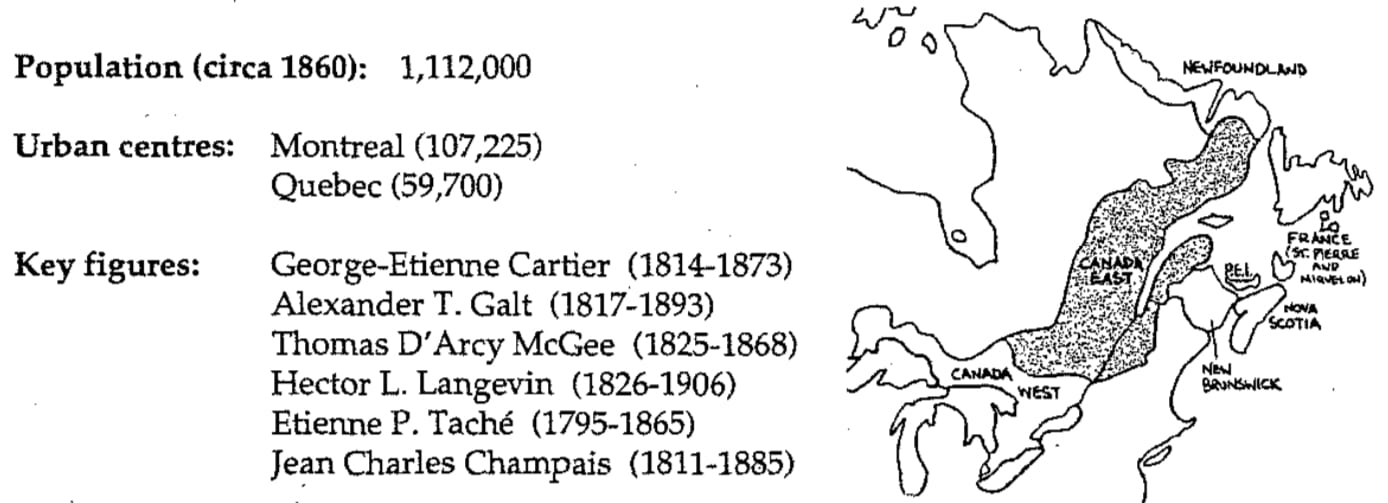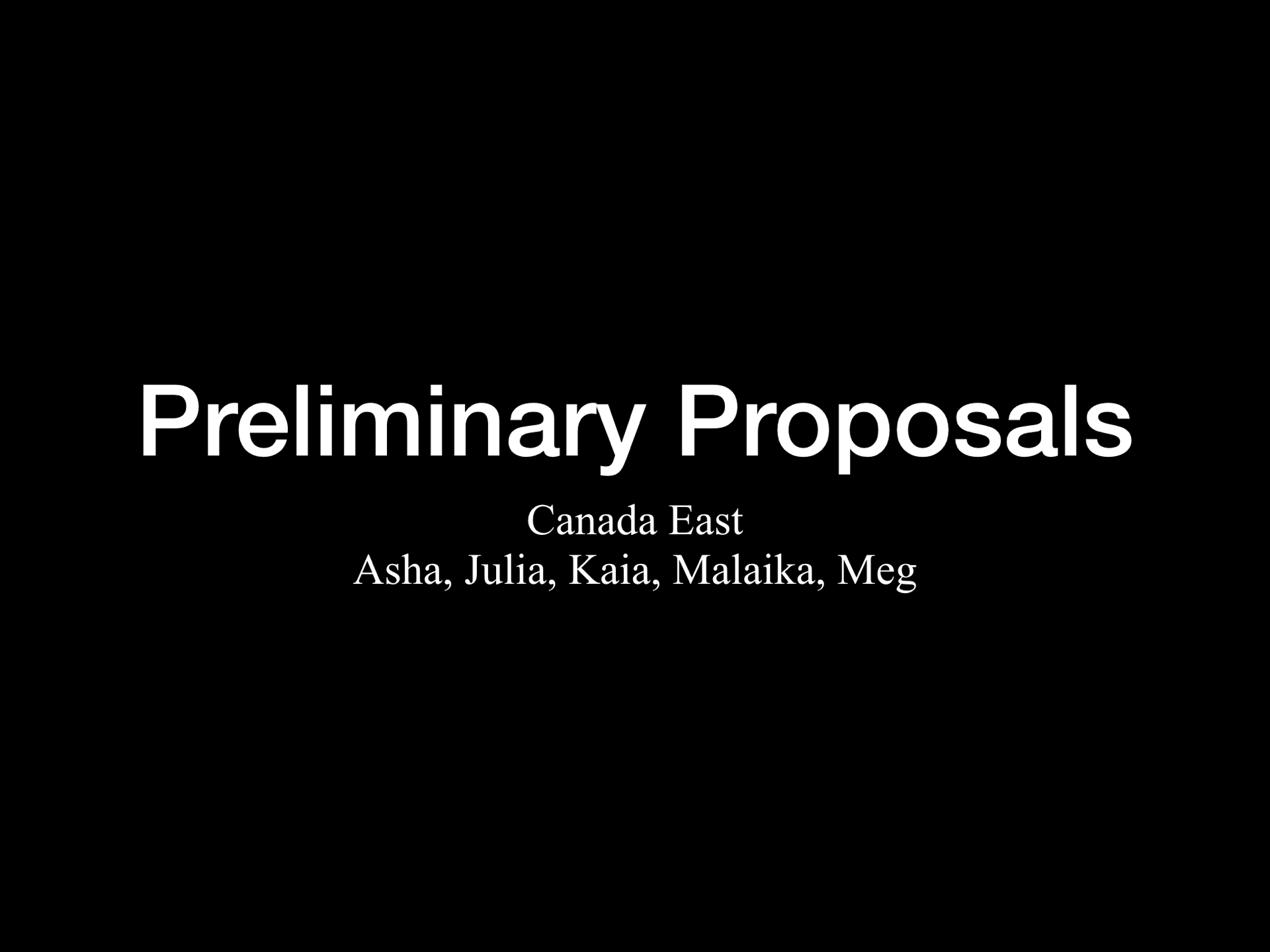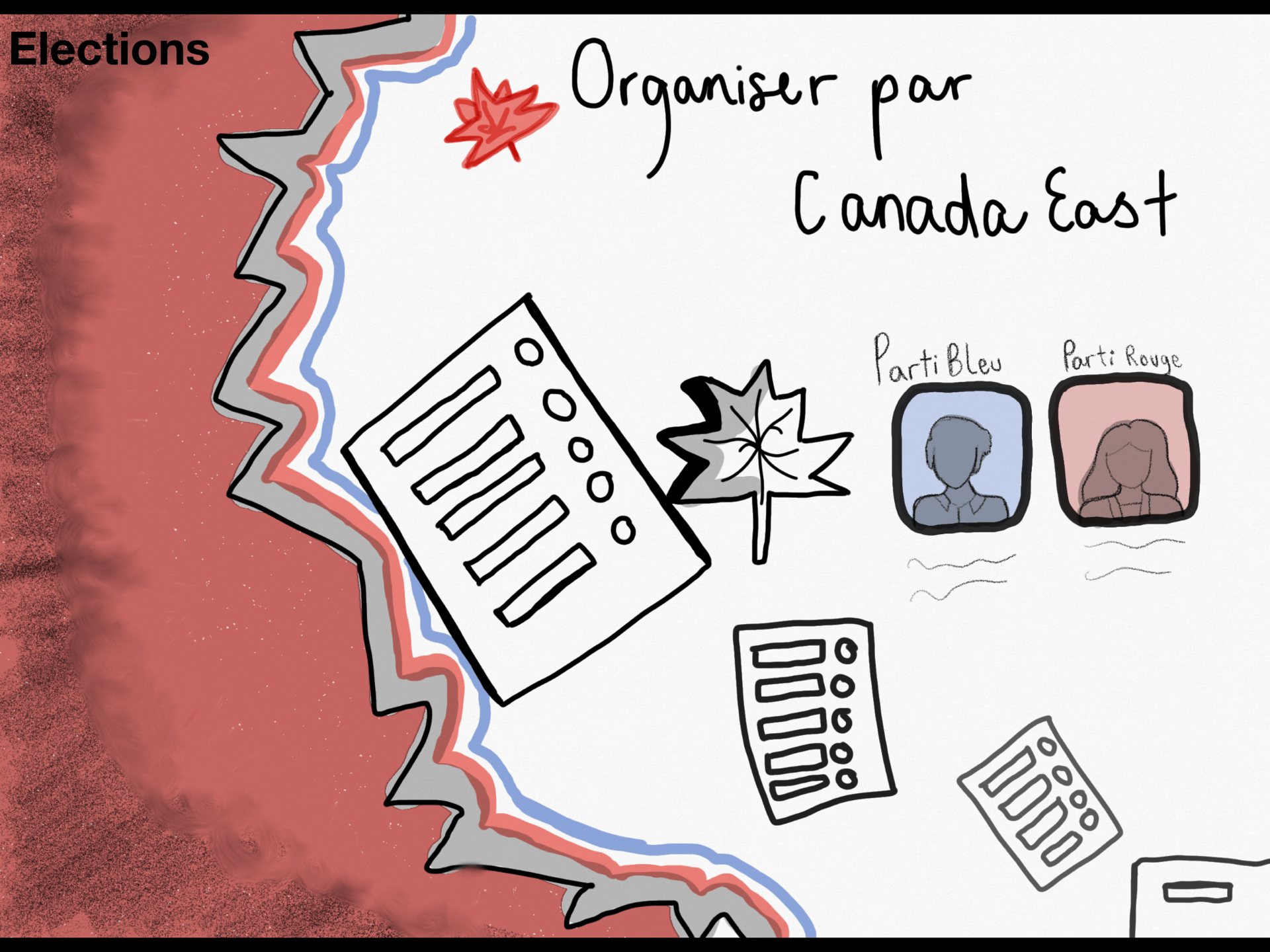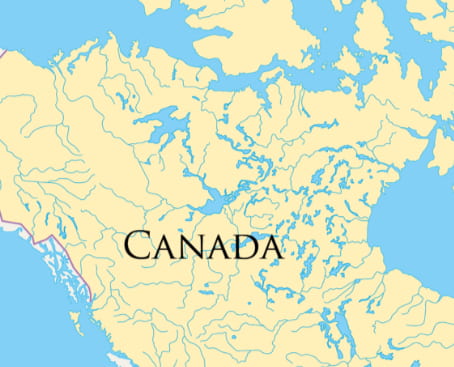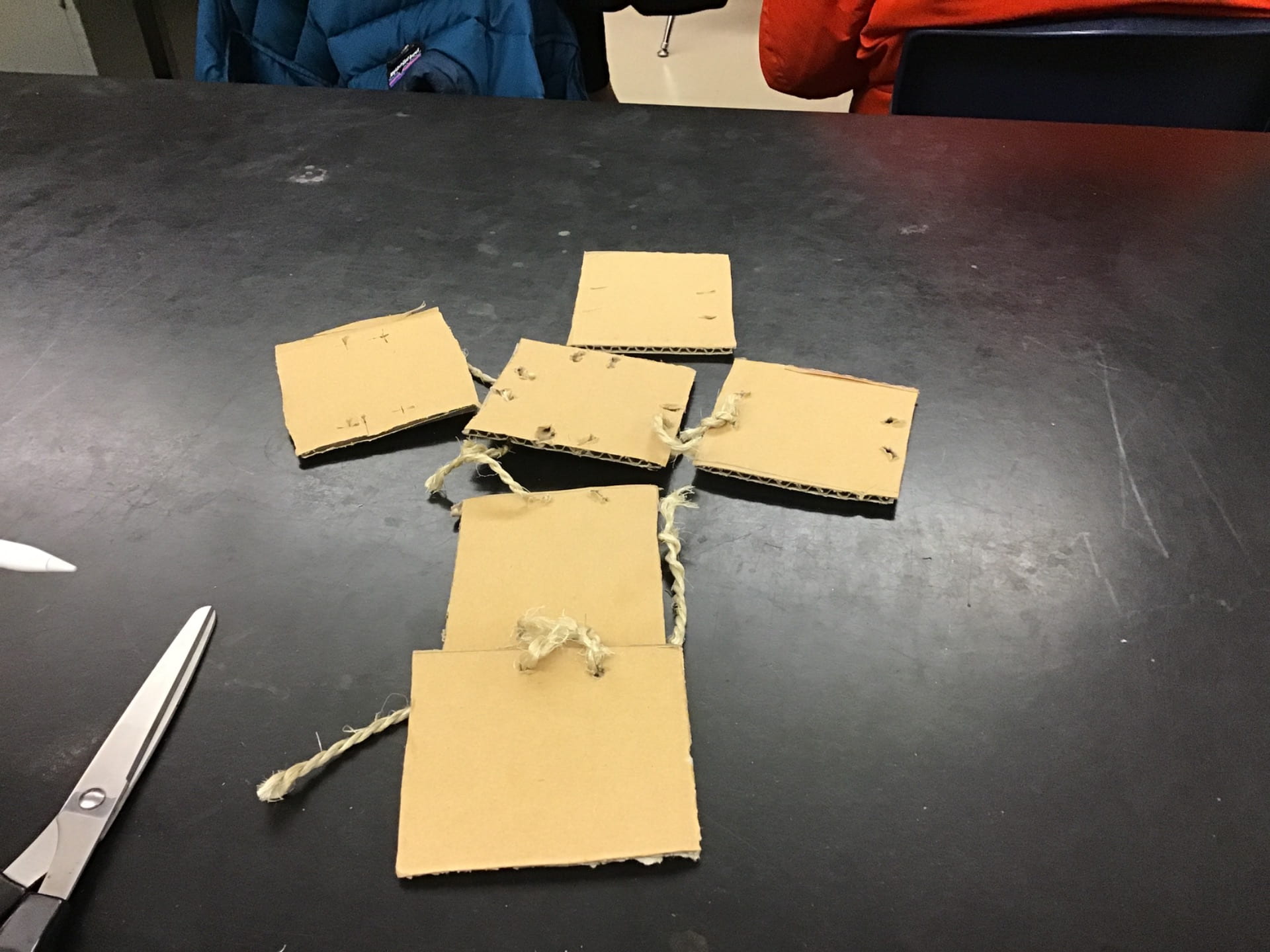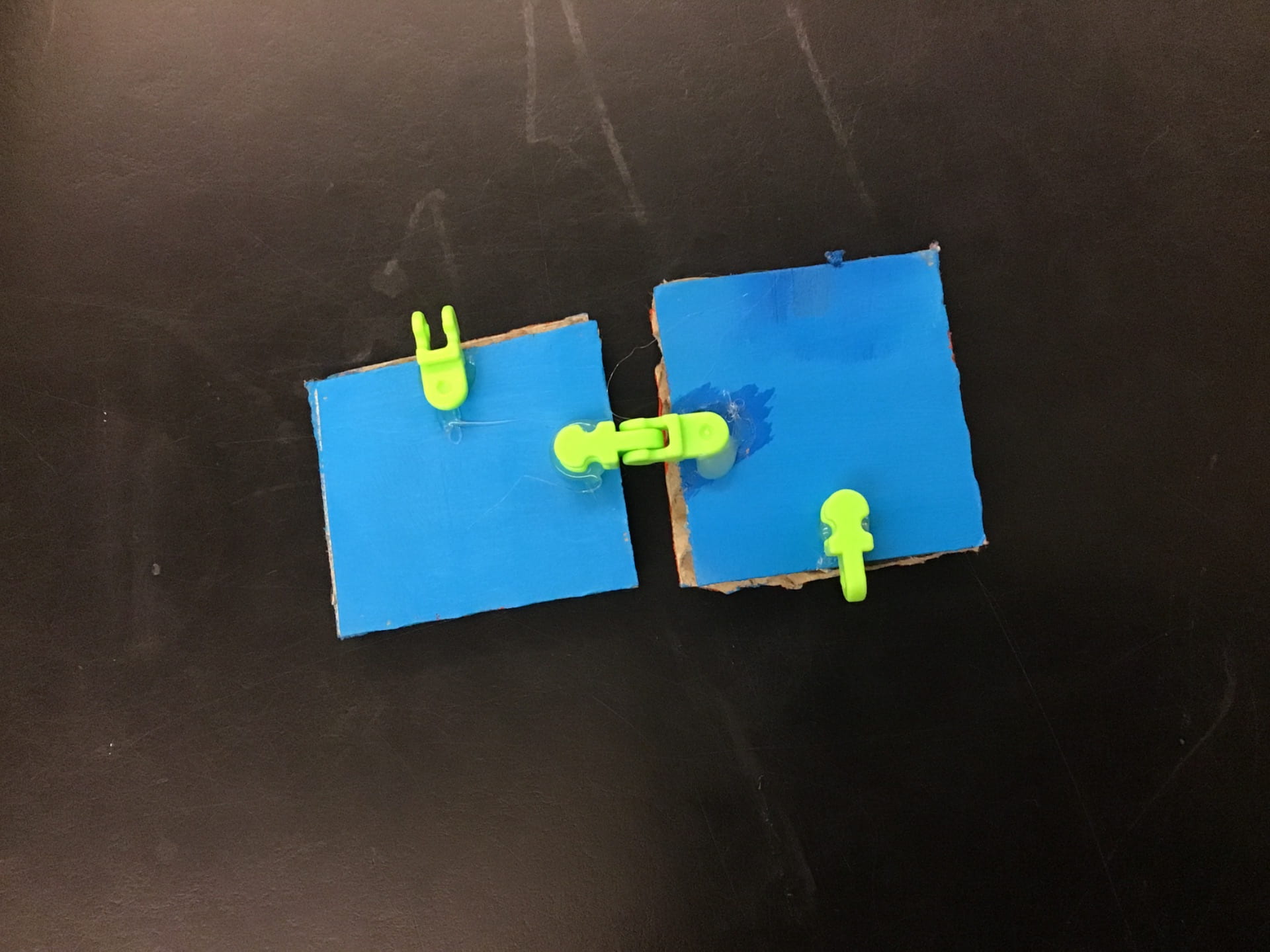You look nervously at the paper in front of you. Weeks of planning that has lead up to this point. Your comrade looks at you and smiles. A flash back to the moment it all started comes to your mind. It was a lot of work, but you made it. You steal one more glance at you colleagues, pick up the pen, and sign the paper.
Hi guys! For the past 2 weeks we have been learning about the confederation that united Canada in order to answer our driving question; How and why did Canada develop as a Nation? On top of that we got the opportunity to recreate the confederation and make our own decisions about whether or not we would sign. We were divided into groups and given a colony. My colony was Canada East along with Malaika, Asha, Kaia, and Julia. Before the final conference where we decided whether or not to sign, there were 2 others that we attended. The Charlottetown conference, and the Quebec conference were the 2 before the signing in London.
What did we do?
Before we could sign for confederation we had to learn about the conditions that other colonies had and lay some down of our own. To do this we spent around a week researching the conditions back in 1867 and finding out what the other colonies had that could benefit us. Then at the first conference in Charlottetown we laid out our proposals:
Canada East supports the railroad because we believe that it is a great opportunity for trade, improving economy and strengthening the relationship between the colonies. We would like the other colonies to consider not having the railway go through America due to the fact that we are worried about attacks.
Canada East would like to suggest Montreal as the capital due to the fact that it is central to all colonies and is easily accessible. We would consider negotiating this if there is a better option.
This demand is specifically targeted at Canada West as we both have good relation to HBC. We are planning on negotiating land from Ruperts land that we will be giving to the other colonies. This will help with farming, crops, and land expansion.
In Canada East we believe that not all parties running in the election have the right vision for Canada. As such we request that we screen the elections so that parties like this do not end up in power. Of course each colony will have a say in the screening process. We will continue to have active discussions on what idea and ideals will help Canada flourish.
What skills did I use?
In this project I was most proud of the fact that we were using the Green screen as effectivly as possible and that we were interacting with it. This made our commercial look more professional and interesting to watch. On top of that, because we interacted with the Green screen we were able to add in some humour which was something that I personally took pride in.
Evidence– In order to convince the other colonies that they needed Canada East I needed to make sure that I sold them on the idea that Canada East has things that they don’t, and that they need. Once that was established I also had to make sure that the conditions that we laid out were reasonable and something that the colonies could agree to. To do this the use of evidence was key. You see this in our commercial where we lay out the reasons for each of our conditions and why we are doing the other colonies a service.
Create– The hardest part of this project was creating original content that made since historically and could be applied to modern circumstances. I tried to make it so that both a modern audience and a historical audience could watch our commercial and understand our conditions. We were able to do this by planning ahead, creating a screenplay and figuring out what techniques would be most effective with the green screen.
What is the final result?
These proposals changed for our final proposals mainly due to the fact that most of the other colonies were English speakers. In the end we had to compromise our proposals because we were the French speaking minority. Luckily for us, almost all of our demands were met and we became one of 2 colonies who ended up signing. Unfortunately though, due to the lack of signatures confederation was not achieved.
In Canada’s history confederation was achieved and played a big role in uniting Canada to what it is today. So, now that we have finished this project, my answer to the driving question is this; Canada developed as a nation because it became a place were people felt that they belonged. Confederation played a big role in strengthening the relationships between the colonies which lead to the discussion of the bigger picture for the future of Canada. Even if confederation was not achieved I believe that because the topic was brought up and discussed it gave each colony a deeper insight to what they can do for the future of Canada.
In these videos we explain our final proposals;
Second version:
https://youtu.be/7Wuwtdbm-iQ


